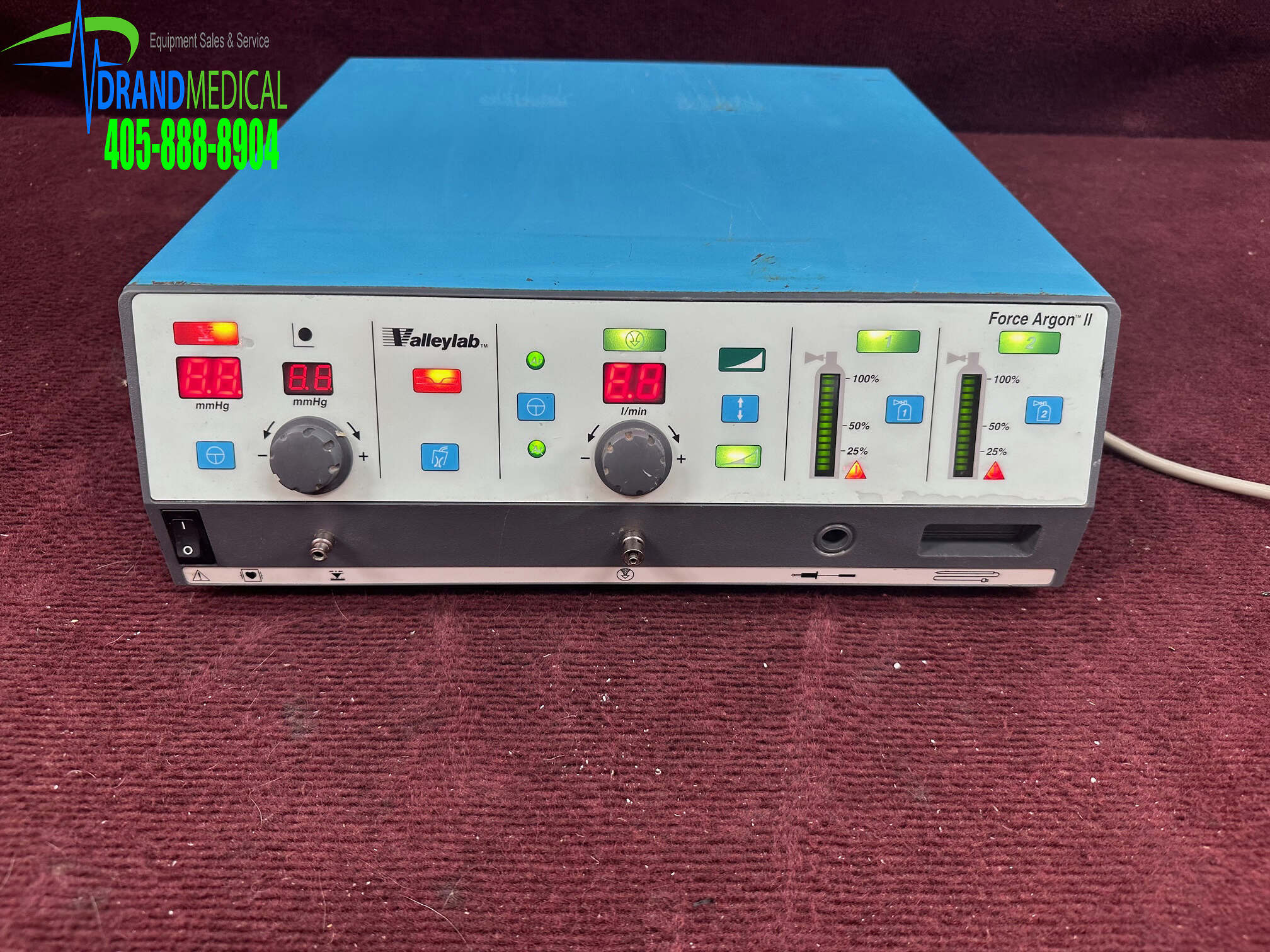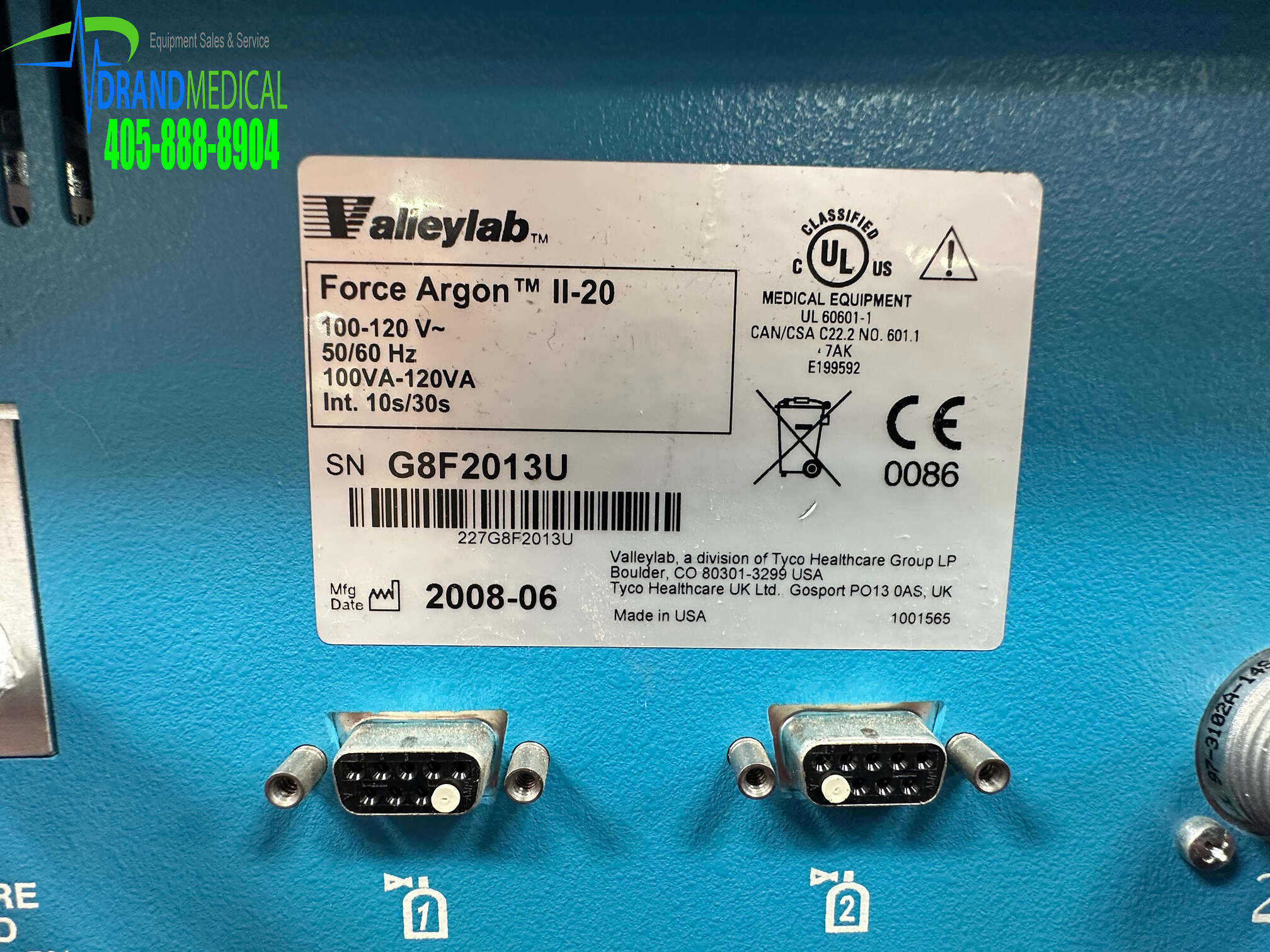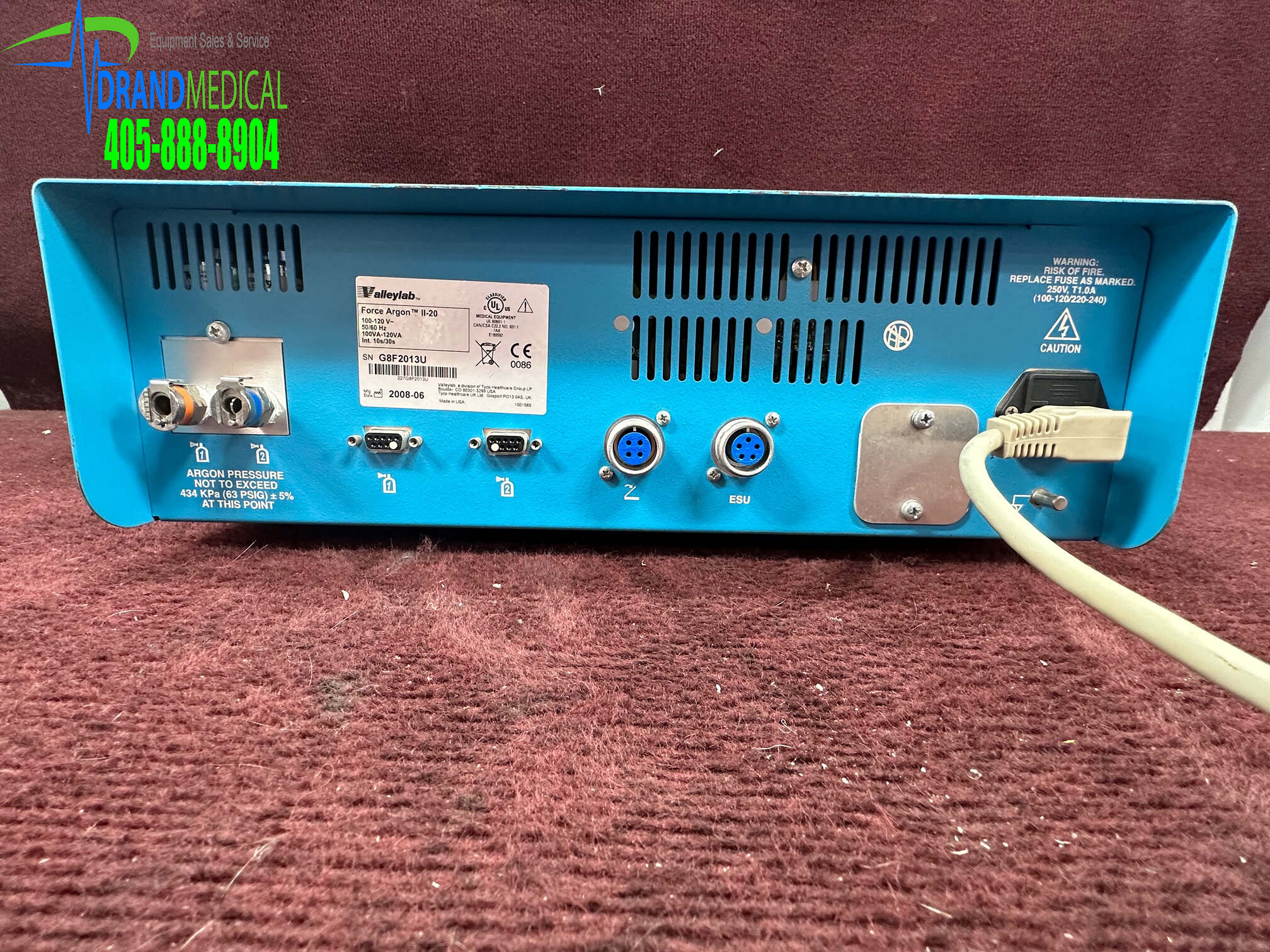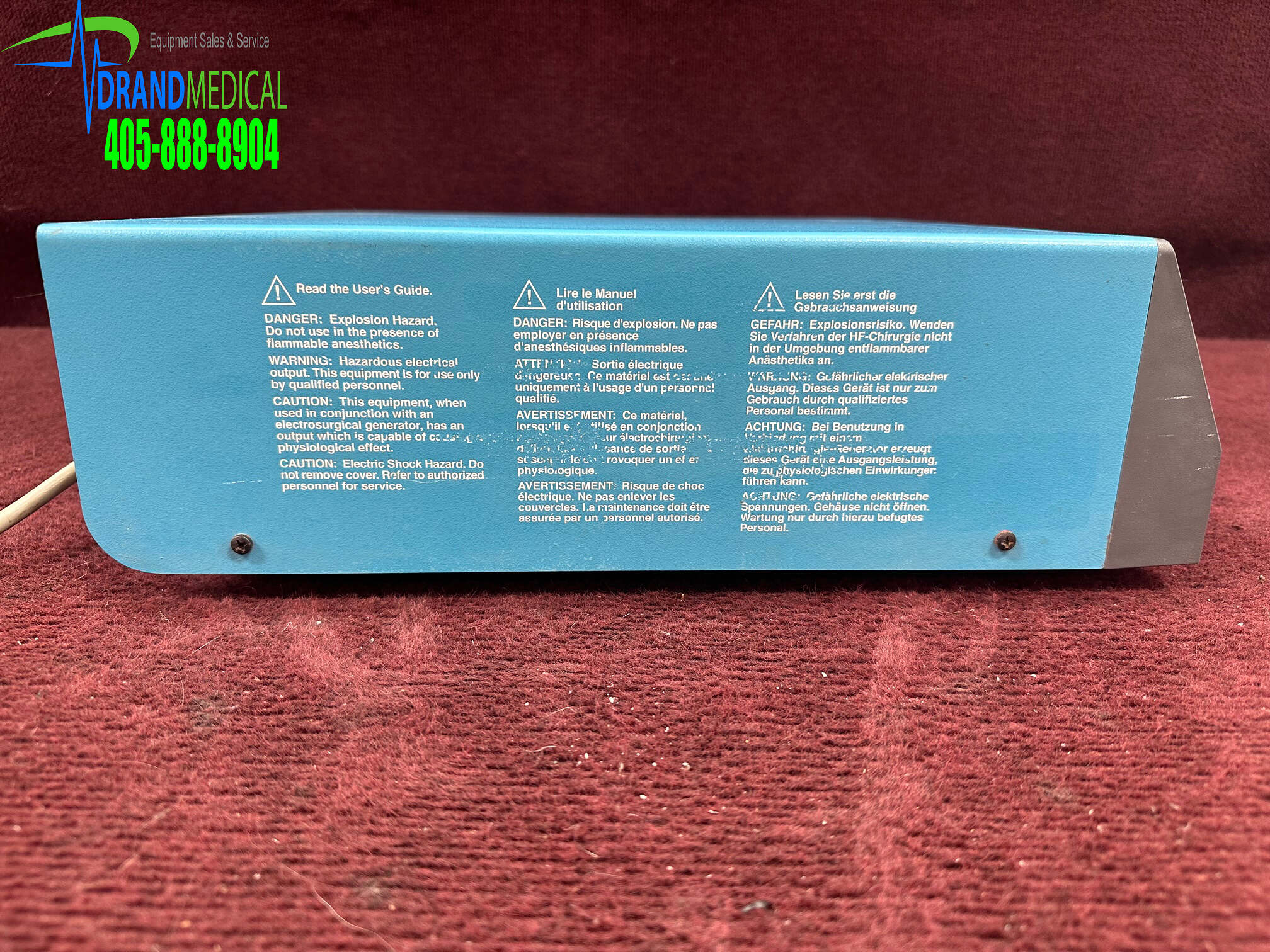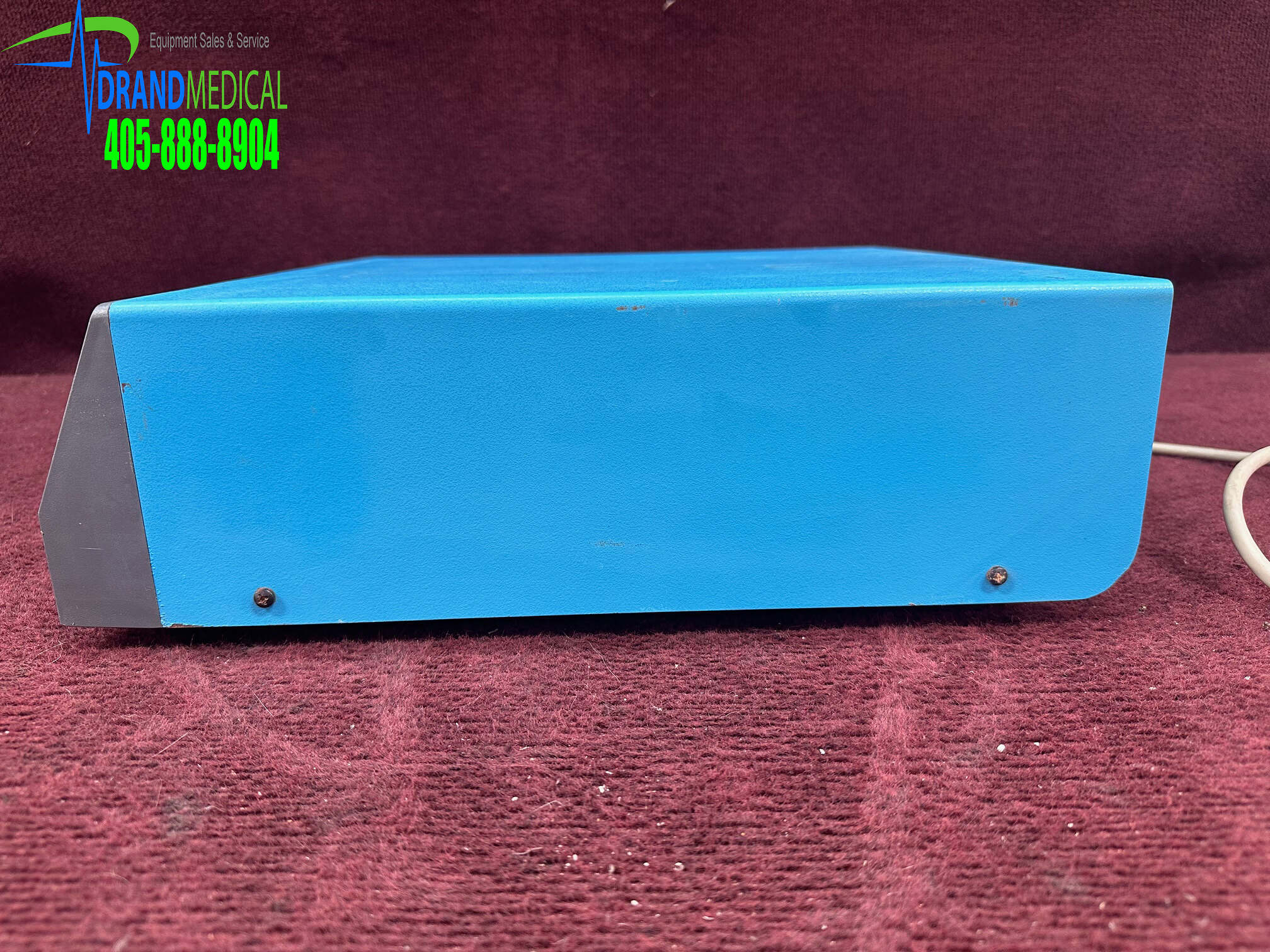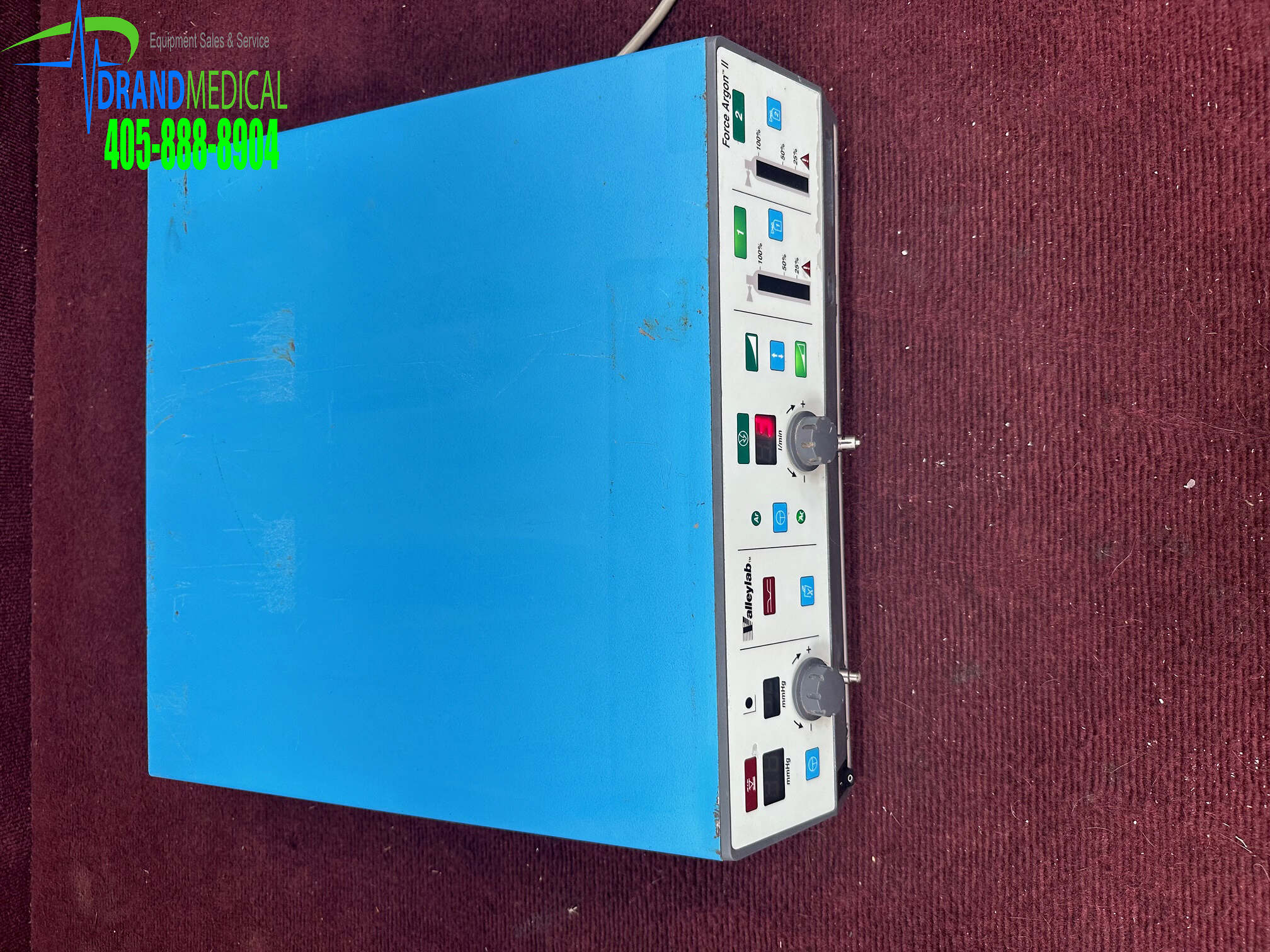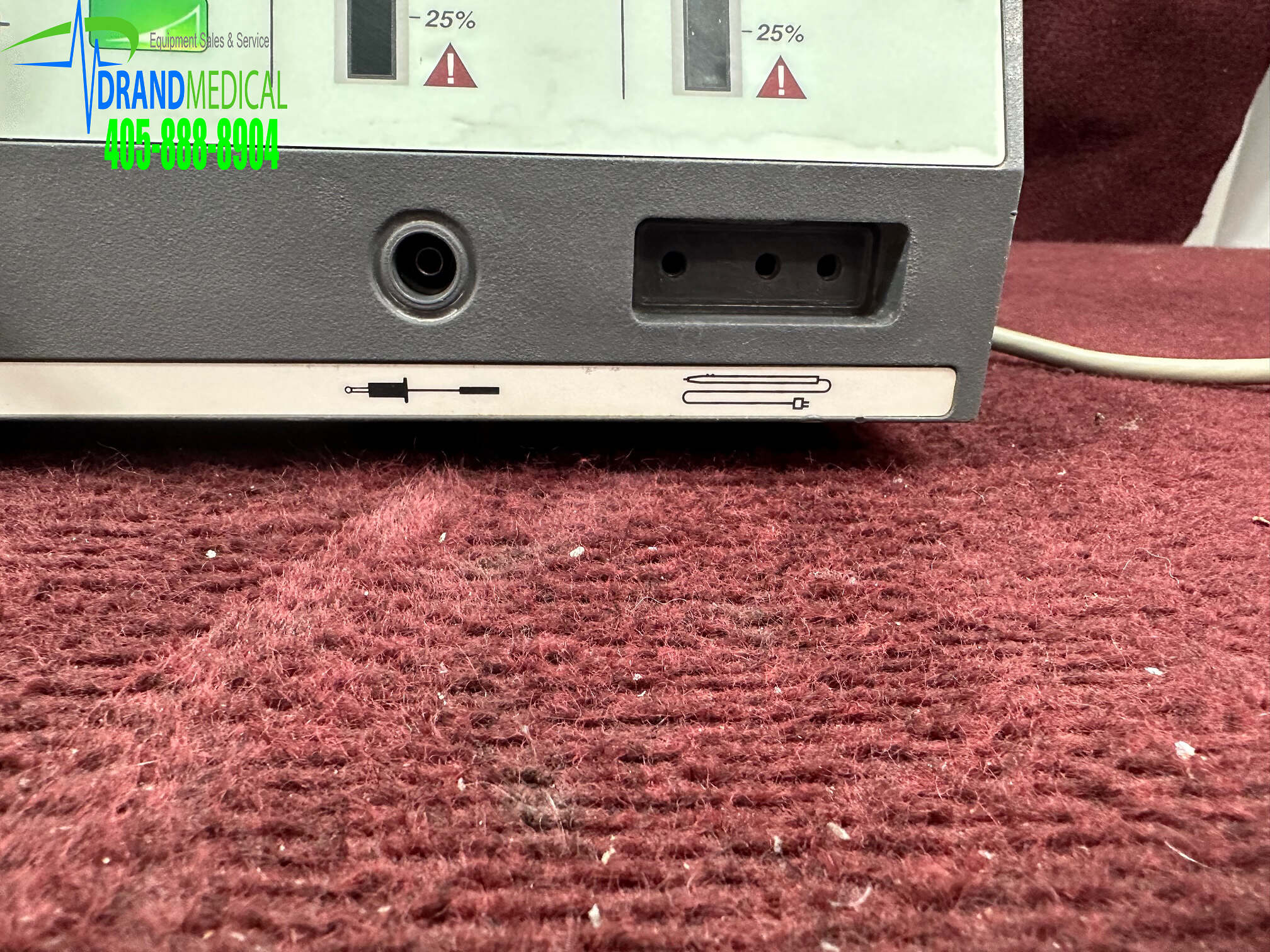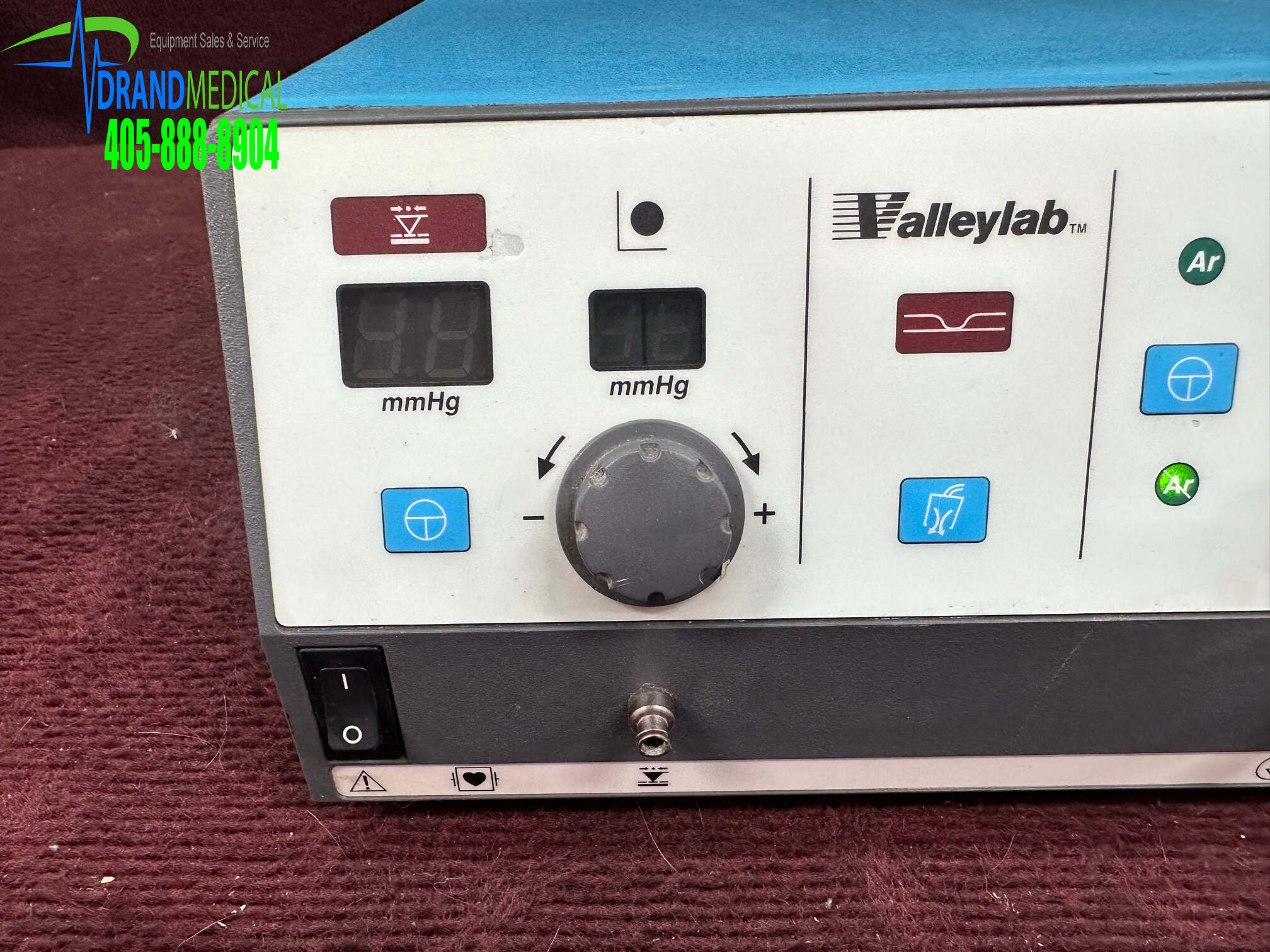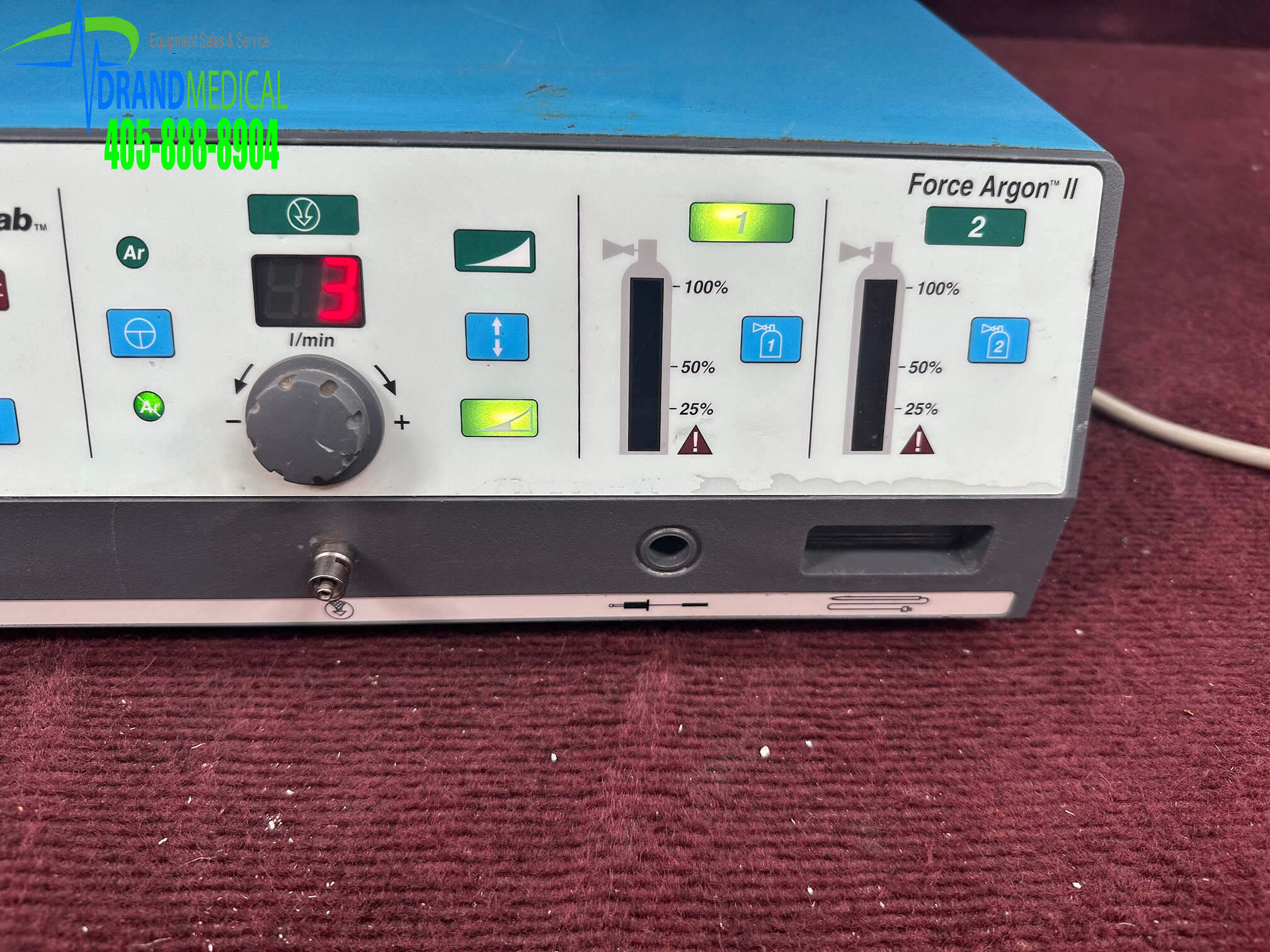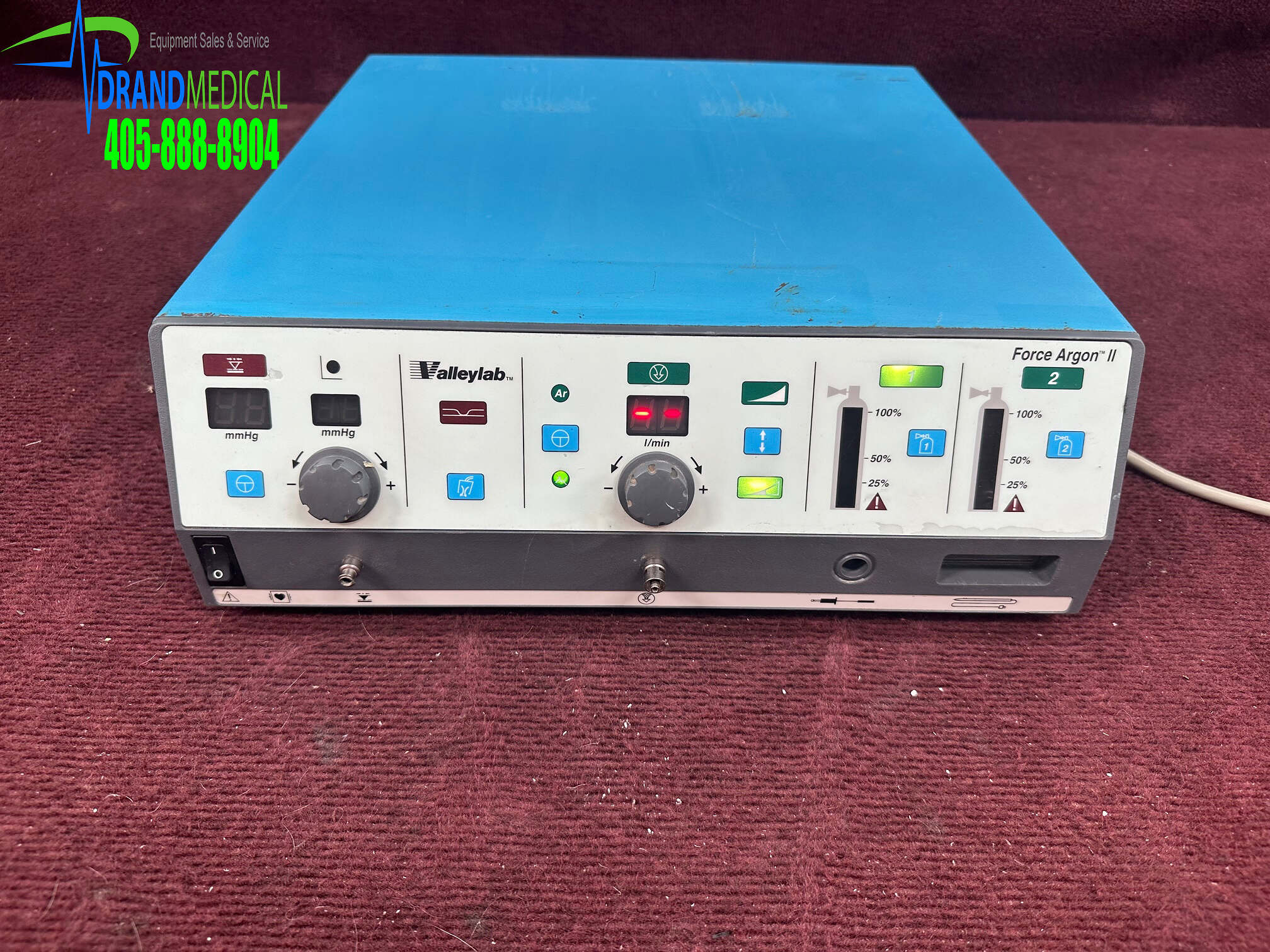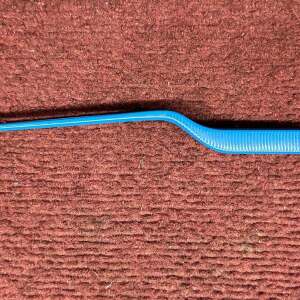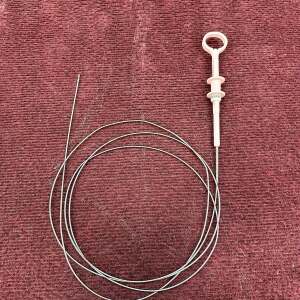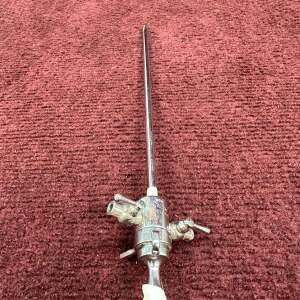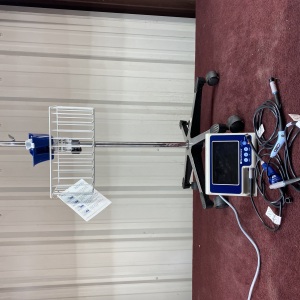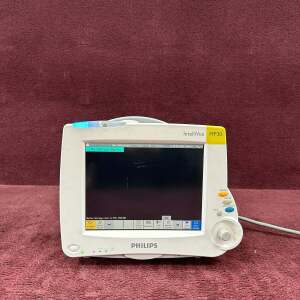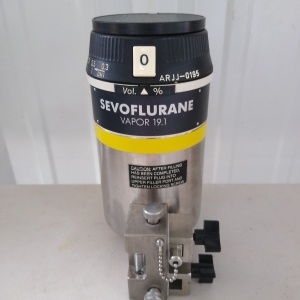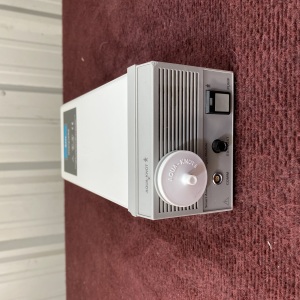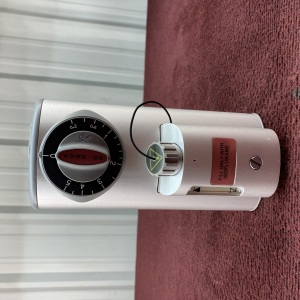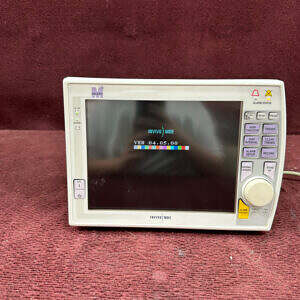Description
The Valleylab Argon Gas Delivery Unit II is designed to provide a controlled flow of argon
(an inert, nonreactive gas) over the active electrode of an electrosurgical accessory that is
powered by a Covidien Force series electrosurgical generator. A variety of handsets
provide argon-enhanced electrosurgery as well as standard electrosurgery.Covidien electrosurgical generators, patient return electrodes, and active accessories are designed to work as a system. Covidien offers a selection of patient return electrodes and
electrosurgical instruments that are fully compatible with this generator. When
considering other manufacturer’s patient return electrodes and/or active accessories,
customers should seek detailed user instructions and warning information from the
manufacturer.
When using a Covidien Force series electrosurgical generator in conjunction with the
Valleylab Argon Gas Delivery Unit
II, the surgeon can expect:
• Improved visibility of the target tissue
• A more finely directed coagulation effect
• Enhanced control at higher power settings
Argon-enhanced coag permits the coagulation of certain tissue in a more controlled manner than with standard electrosurgical coagulation. In argon-enhanced coag, activating the hand
set creates an argon gas plasma between the electrode and the tissue. The presence of inert gas at the surgical site inhibits combustion with other gases (e.g., oxygen, nitrogen, etc.) and pushes residual smoke, water vapor, or fluids away from the surgical site, thereby improving visibility. The Valleylab Argon Gas Delivery Unit II hasan overpressure system that continuously measures peritoneal cavity pressure in real-time. This system operates when the unit is in the low flow range for argon gas (0.5 – 4 LPM [standard liters per minute]), i.e. the gas flow range for laparoscopic procedures. Use the overpressure system in conjunction with a carbon dioxide insufflator monitor.The overpressure system senses when the peritoneal cavity pressure meets or exceeds the user selectable setpoint (between 5 and 30 mm Hg). Before the peritoneal cavity pressure reaches the setpoint, the Overpressure indicator on the front panel illuminates, and an intermittent alarm sounds. When the peritoneal cavity pressure meets or exceeds the setpoint, the Overpressure
The indicator on the front panel remains illuminated, and a continuous alarm sounds.

